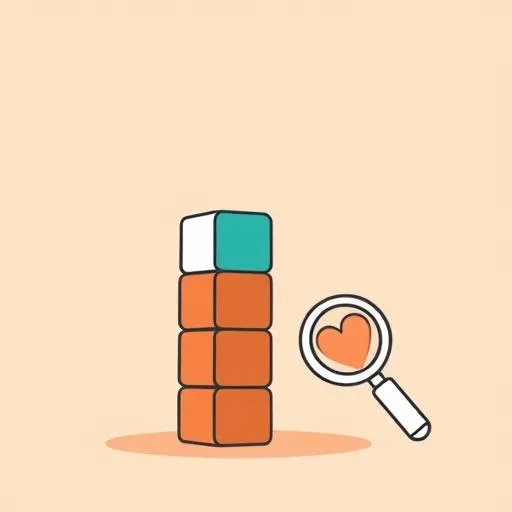
Have you ever built a massive block tower with your little one, only to realize the wobbly piece is hidden somewhere deep inside? You can’t see it, but you know it’s threatening the whole structure. That feeling of uncertainty—of knowing there’s a problem but not knowing exactly where or how serious it is—is something we all face. It reminds me of those cloudy days when everything looks a little fuzzy, you know? But what if you had a tool that could see right through the clutter and pinpoint the exact block to fix? That’s the kind of game-changing clarity HeartFlow AI is bringing to one of the most complex structures of all: the human heart. And let me tell you, it is absolutely INSPIRING!
How Does HeartFlow AI Work as a GPS for Heart Health?
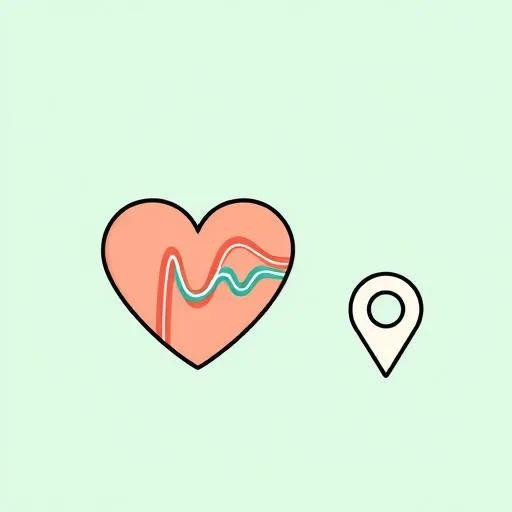
When we see headlines about AI stocks, it’s easy to get lost in numbers and market predictions. But the story of HeartFlow is so much more than that. As someone with one foot in my ancestral heritage and another in new frontiers, I love seeing how tradition and innovation can dance together. At its core, this technology is about giving doctors an unbelievably powerful new map. For years, diagnosing coronary artery disease (CAD) often involved guesswork, leading to invasive procedures that sometimes weren’t even necessary. It was like sending out a search party for that one wobbly block without knowing which floor it was on. SO much stress and risk!
HeartFlow’s technology changes EVERYTHING. It takes a standard CT scan and, using brilliant AI, creates a personalized, 3D color-coded map of blood flow in the heart. It shows doctors not just where a potential blockage is, but how significantly it’s impacting blood flow. It’s the difference between seeing a traffic cone on the road and knowing if it’s causing a ten-mile backup or if cars are flowing around it just fine. This isn’t some future fantasy even—big firms like JPMorgan are calling it a “pioneering downstream beneficiary of the AI revolution” because it’s a perfect example of how this powerful technology is moving out of the lab and directly into our lives, making them safer.
What Are the Real-World Results of HeartFlow AI?
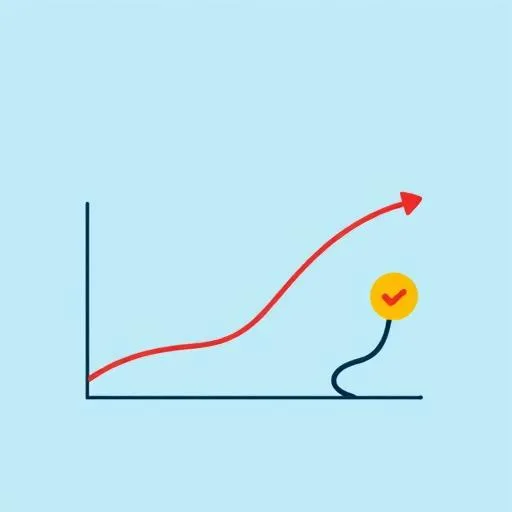
Now, this is the part that just blows my mind. The real-world impact is STAGGERING. One major study, the PLATFORM trial, found that using HeartFlow’s analysis helped reduce the number of invasive diagnostic procedures—the ones that carry more risk and anxiety—by an incredible 83%! Can you even imagine the collective sigh of relief from all those families? It’s a testament to getting it right the first time.
And it gets better. The same study showed it reduced healthcare costs by 33%. That’s not just a number; it’s a powerful shift that makes high-quality care more accessible. This is technology that serves humanity on every level. It’s backed by more than 425 peer-reviewed publications, a level of validation that speaks volumes. It’s like when my daughter builds something and tests it from every angle to make sure it’s strong. This isn’t a fragile idea; it’s a robust, proven tool that’s already been used to help over 400,000 patients. That’s a stadium full of people who received clearer answers and more precise care. WOW!
How Can HeartFlow AI Teach Compassionate Tech to Kids?
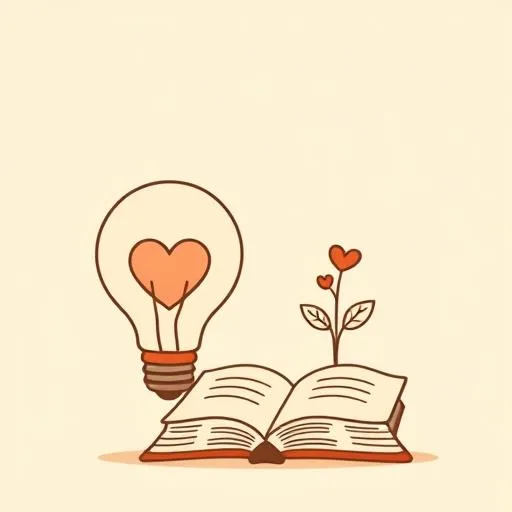
This brings me to one of my biggest hopes for our kids’ future—how they’ll view technology. What skills will they need? What values will guide them? And stories like HeartFlow’s fill me with such incredible optimism. It’s a perfect, real-world example for a conversation about how technology can be a profound force for good. We can show our kids that the same kind of problem-solving they use in a video game or a coding app can one day be used to heal people.
This is what meaningful AI in education looks like—not just learning to code, but understanding the ‘why.’ Why do we innovate? To help others. To bring clarity where there’s confusion. To replace fear with confidence. HeartFlow demonstrates that the goal of innovation isn’t just to be clever; it’s to be compassionate. It’s about using our brightest ideas to serve our deepest human needs. What if we encouraged our kids to dream up their own inventions, not just for fun, but by asking, “Who could this help?” That’s how we raise a generation of creators who build a better, kinder world.
Why Is HeartFlow AI a Hopeful Future for Healthcare?
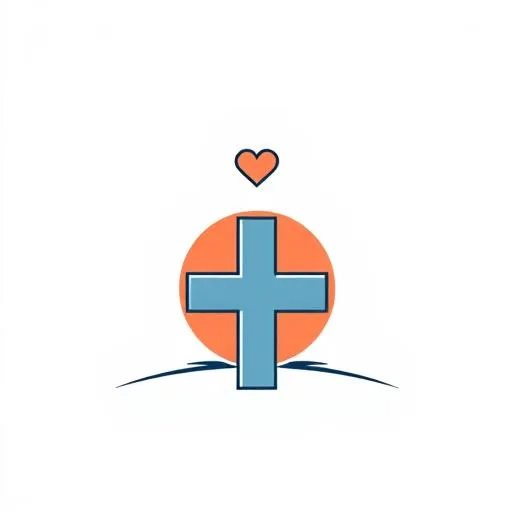
It’s easy to feel overwhelmed by the pace of change. But when you see a company like HeartFlow making such a tangible, positive difference, it’s pure fuel for hope. It’s a reminder that behind the complex algorithms and financial reports are teams of brilliant, dedicated people working to solve some of our biggest challenges. They are building tools that empower doctors to make better decisions and give families peace of mind.
This is the kind of progress that truly matters. It’s about longer, healthier lives. It’s about swapping invasive procedures for non-invasive clarity. It’s about building a future where technology serves our well-being with precision and care. And honestly, as a dad, knowing that this level of innovation is happening in healthcare doesn’t just make me feel optimistic—it makes me feel profoundly grateful. The future is bright, and it’s being built with an incredible amount of heart.
Source: AI-Enabled Heart Diagnostics Put HeartFlow (HTFL) in the Spotlight, Yahoo Finance, 2025/09/06
